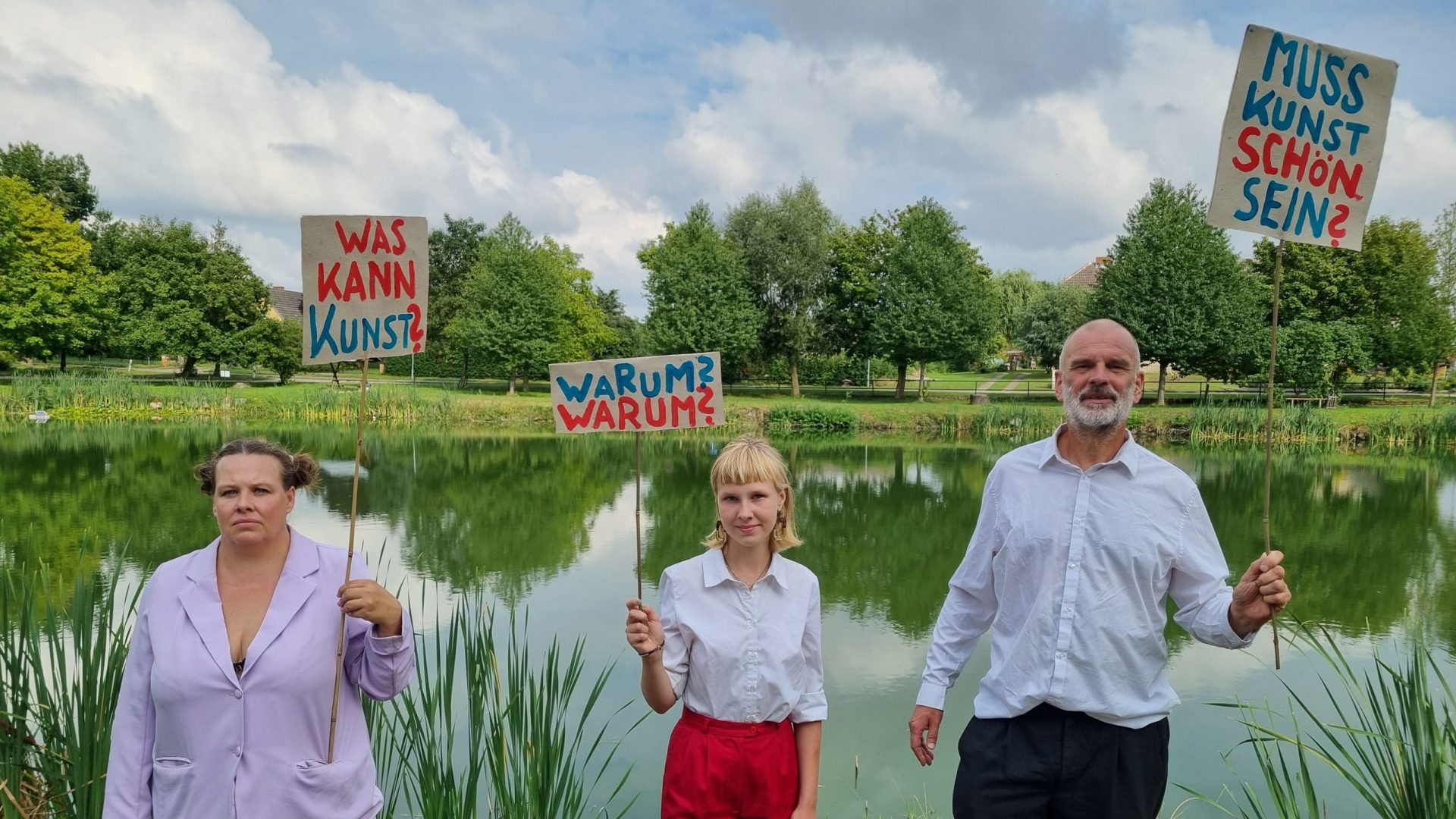“Co-exist with who you are.”
Stammbaum is the German word for family tree. It is also the title of a fairly complex and confusing bundle of issues we are presently interested in. Some of the intersecting lines of thought that traverse it concern themselves with class, gender, visibility, appreciation and performance (as art and in everyday life). We are hoping to explore some of them in a series of art works across a range of artistic disciplines, including storytelling, installation and performance, as well as some of the approaches to knowledge sharing we develop (hopefully together with you!) in our Teach Each Other series. As the idea of the family tree suggests, the root of all the forms this journey might take is autobiographical material: Memories, traumata, values. How do we become who we are?
Class
One of the ways we become who we are is by way of the class we are born in. Being born into the working or lower classes still determines where someone goes in their life. Which doors are open and, more importantly, which remain closed. Which glass ceilings might be shattered and which ones stay intact, like bullet proof glass, no matter how long a woman born into the wrong class keeps bashing her head against them.
This is the part where it gets personal, close and dirty. We will be back with more.
Family Trees that Don’t Look Like Trees
We find the image of the tree helpful and limiting at once. Historically, family trees were drawn up to highlight certain lines of genealogy, and hide others. The abstraction of a tree, roots, trunk and branches, works perfectly to create the illusion of linear and inevitable progress of a family and to legitimize the power positions it occuipies. The genre was first invented to trace the bloodlines of kings and other nobility. Generation A sires generation B sires generation C and so forth in all eternity. Our family does not work like that. We don’t believe others do, either. Not even those of kings.
We want our Stammbaum to tell how we become who we are. We want it to potentially include everybody and everything that ever touched, changed or redirected our lifes. It will trace not only bloodlines, but all sorts of human relations, stories, memories and random associations. It will be truthful and personal. It will organise itself continuously. It will be chaotic and follow all lines of thoughts, all lanes of memory, all ideas the material we find inspires, all at the same time. Everything that matters. Everything matters.
We use traditional family tree models to examine heritages and dependencies. Then we add additional layers. We place a person whose identity we investigate as the trunk of a tree. The people, places, ideas and other factors that contributed to their development will be the roots. The branches stand for what became or could become of them, and the leaves are their dreams and aspirations. Seeds fall to the ground, seedlings sprout, grow and branch out.
The trees we draw and paint, many of them as part of our family art practice, usually don’t resemble images of trees. They look like nets, webs, maps, landscapes and all kinds of other things. The root-networks of funghi come to mind, the internet of trees, rhizoms, mycelia and related issues that were hip not long ago in more academically inclined circles.
Great, But What Will it Look Like?
The stories we tell and the talks we have about them, the drawings we make and the texts and images we collect from the Internet, will become the basis of stage productions, texts, drawings and paintings, installations, videos and podcasts and much more. These outcomes are a little hard to grasp in advance and hopefully will remain so as they materialise. All formats that come to exist as part of the Stammbaum process are part of the same flow of continuing interactions rather than products. We want them to always continue to communicate, move, change, vibrate, and resonate with what happens to them and us and everybody who engages with them. We can’t imagine them to ever become static as products or works of art.
Right now, our future tree is only a shoot or a seedling. Hopefully it will grow in ways and directions that we can’t even imagine right now.
Update Summer 2021
The Stammbaum project is beginning to take shape thanks to generous support we received this summer.
First, we were invited to a one week Family Residence at BIRCA Brækkelund International Residence Center for Artists on Bornholm. During the week of unpressurised working time there we explored strategies of working on our family history and background(s) in collaboration with both our daughters, Ronja (13) and Sille (almost 2).
In July we received funding from the Danish Culture Ministry to host a workshop on family, identity and belonging on our favorite island Agersø.


